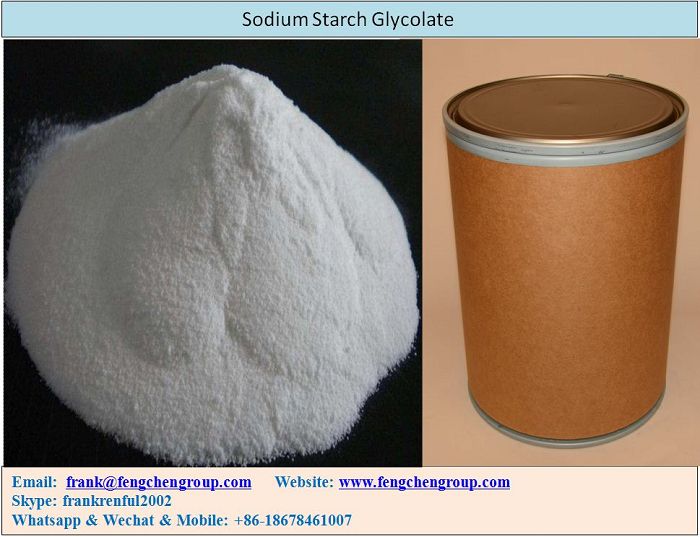
Sodium Starch Glycolate USP NF BP CAS 9063-38-1
-
Min Order
1
-
Product Unit
Pieces
-
Origin
China Mainland
-
Payment


- Contact Now Start Order
- Favorites Share
- Description
Product Detail
Sodium Starch Glycolate USP NF BP CAS 9063-38-1
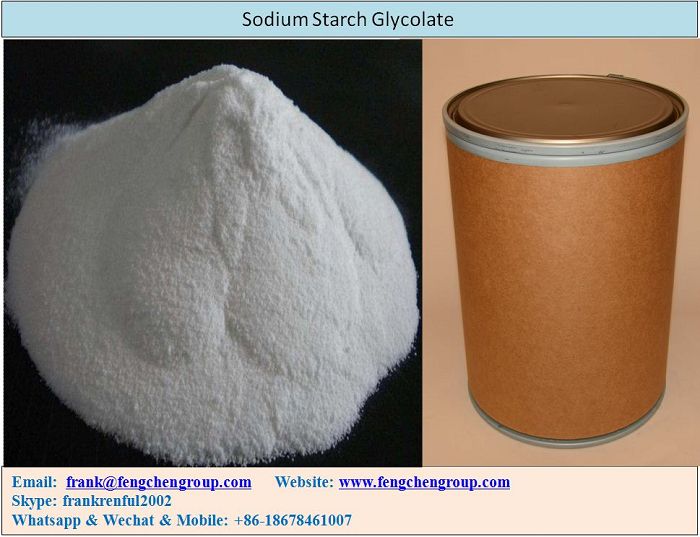
Product Name: Sodium Starch Glycolate USP NF BP
CAS Number: 9063-38-1
Characteristics: white to off-white, tasteless, odorless, relatively free flowing powder.
KEY Words: Sodium Starch Glycolate USP NF BP
Package: 20Kgs/Bag; 25Kgs/Bag; 25Kgs/Drum
Sodium Starch Glycolate Solubility: Practically insoluble in water, insoluble in most organic solvents
Description:
Sodium Starch Glycolate is the sodium salt of a carboxymethyl ether of starch. The molecular weight is typically 500000-11000000. Sodium Starch Glycolate is widely used as a pharmaceutical grade dissolution excipient for tablets and capsules. It absorbs water rapidly. The reason is by absorbing water quickly so the pill swells and breaks apart into small pieces. It can also be used to help form gels. By this way it will swell and accelerate the disintegration of tablets and granules. It consists of oval or spherical granules, 30-100 µm in diameter with some less-spherical granules ranging from 10-35 µm in diameter. Sodium Starch Glycolate can be made from several different starchy foods, for example corn, wheat, rice and potatoes.
As a professional China Sodium Starch Glycolate USP NF BP Pharmaceutical Grade supplier and Manufacturer, FENGCHEN GROUP CO., LTD has been supplying and exporting Sodium Starch Glycolate USP NF BP Pharma Grade from China for almost 10 years.
---------------------
Sodium Starch Glycolate BP (Type A)
DEFINITION
Sodium Starch Glycolate USP NF BP is the sodium salt of a cross-linked partly O-carboxymethylated potato starch.
Content: 2.8 per cent to 4.2 per cent of Na (A 22.99) (substance washed with ethanol (80 per cent V/V) and dried).
Appearance: Sodium Starch Glycolate USP NF BP is White or almost white, fine, free-flowing powder, very hygroscopic.
Solubility: Sodium Starch Glycolate USP NF BP is Practically insoluble in methylene chloride. It gives a translucent suspension in water.
Examined under a microscope it is seen to consist of: granules, irregularly shaped, ovoid or pear-shaped, 30-100 µm in size, or rounded, 10-35 µm in size; compound granules consisting of 2-4 components occur occasionally; the granules have an eccentric hilum and clearly visible concentric striations; between crossed nicol prisms, the granules show a distinct black cross intersecting at the hilum; small crystals are visible at the surface of the granules. The granules show considerable swelling in contact with water.
IDENTIFICATION
A. pH (see Tests).
B. Prepare with shaking and without heating a mixture of 4.0 g of the substance to be examined and 20 ml of carbon dioxide-free water. The mixture has the appearance of a gel. Add 100 ml of carbon dioxide-free water and shake. A suspension forms that settles after standing.
C. To an acidified solution, add iodinated potassium iodide solution. The solution becomes blue or violet.
D. Solution S2 (see Tests) gives reaction of sodium.
TESTS
Solution S1: Centrifuge the suspension obtained in identification test B at 2500 g for 10 min. Collect carefully the supernatant liquid.
Solution S2: Place 2.5 g in a silica or platinum crucible and add 2 ml of a 500 g/l solution of sulphuric acid. Heat on a water-bath, then cautiously over a naked flame, raising the temperature progressively, then incinerate in a muffle furnace at 600 ± 25 °C. Continue heating until all black particles have disappeared. Allow to cool, add a few drops of dilute sulphuric acid, heat and incinerate as above. Allow to cool, add a few drops of ammonium carbonate solution, evaporate to dryness and incinerate cautiously. Allow to cool and dissolve the residue in 50 ml of water.
Appearance of solution S1: Solution S1 is clear and colourless.
pH: 5.5 to 7.5. Disperse 1.0 g in 30 ml of water.
Sodium glycolate: Maximum 2.0 per cent. Carry out the test protected from light.
Sodium chloride: Maximum 7.0 per cent.
Iron: Maximum 20 ppm determined on 10 ml of solution S2.
Heavy metals: Maximum 20 ppm. 1.0 g complies with test D. Prepare the reference solution using 2 ml of lead standard solution (10 ppm Pb).
Loss on drying: Maximum 10.0 per cent, determined on 1.000 g by drying in an oven at 130°C for 1.5 h.
Microbial contamination: It complies with the test for Escherichia coli and Salmonella.
---------------
Sodium Starch Glycolate BP (Type B)
DEFINITION: Sodium Starch Glycolate USP NF BP is the sodium salt of a cross-linked partly O-carboxymethylated potato starch.
Content: 2.0 per cent to 3.4 per cent of Na (A 22.99) (substance washed with ethanol (80 per cent V/V) and dried).
Appearance: Sodium Starch Glycolate USP NF BP is White or almost white, fine, free-flowing powder, very hygroscopic.
Solubility: Practically insoluble in methylene chloride. It gives a translucent suspension in water.
Examined under a microscope it is seen to consist of: granules, irregularly shaped, ovoid or pear shaped, 30-100 µm in size, or rounded, 10-35 µm in size; compound granules consisting of 2-4 components occur occasionally; the granules have an eccentric hilum and clearly visible concentric striations; between crossed nicol prisms, the granules show a distinct black cross intersecting at the hilum; small crystals are visible at the surface of the granules. The granules show considerable swelling in contact with water.
IDENTIFICATION
A. pH (see Tests).
B. Prepare with shaking and without heating a mixture of 4.0 g of the substance to be examined and 20 ml of carbon dioxide-free water. The mixture has the appearance of a gel. Add 100 ml of carbon dioxide-free water and shake. A suspension forms that settles after standing.
C. To an acidified solution, add iodinated potassium iodide solution. The solution becomes blue or violet.
D. Solution S2 (see Tests) gives reaction of sodium.
Solution S1:
Centrifuge the suspension obtained in identification test B at 2500 g for 10 min. Collect carefully the supernatant liquid.
Solution S2: Place 2.5 g in a silica or platinum crucible and add 2 ml of a 500 g/l solution of sulphuric acid. Heat on a water-bath, then cautiously over a naked flame, raising the temperature progressively, and then incinerate in a muffle furnace at 600 ± 25 °C. Continue heating until all black particles have disappeared. Allow to cool, add a few drops of dilute sulphuric acid and heat and incinerate as above. Allow to cool, add a few drops of ammonium carbonate solution, evaporate to dryness and incinerate cautiously. Allow to cool and dissolve the residue in 50 ml of water.
Appearance of solution S1: Solution S1 is clear and colourless.
pH: 3.0 to 5.0. Disperse 1.0 g in 30 ml of water.
Sodium glycolate: Maximum 2.0 per cent. Carry out the test protected from light.
Sodium chloride: Maximum 7.0 per cent.
Iron: Maximum 20 ppm determined on 10 ml of solution S2.
Heavy metals: Maximum 20 ppm.
Loss on drying: Maximum 10.0 per cent, determined on 1.000 g by drying in an oven at 130°C for 1.5 h.
Microbial contamination: It complies with the test for Escherichia coli and Salmonella.
---------------------
Sodium Starch Glycolate USP NF
Starch carboxymethyl ether, sodium salt.
Sodium Starch Glycolate USP NF BP is the sodium salt of a carboxymethyl ether of starch or of a cross-linked carboxymethyl ether of starch. It may contain not more than 7.0 percent of Sodium Chloride. The pH and assay requirements for Type A and Type B are set forth in the accompanying table.
Identification
A: Infrared Absorption 197K.
B: A slightly acidified solution of it is colored blue to violet by the addition of iodine and potassium iodide TS 1.
C: To a 2-mL portion of the solution prepared for the test for Limit of iron, add 4 mL of Potassium pyroantimonate solution. If necessary, rub the inside of the test tube with a glass rod. A white, crystalline precipitate is formed.
Potassium pyroantimonate solution—To 2 g of potassium pyroantimonate add 100 mL of water. Boil the solution for about 5 minutes, cool quickly, and add 10 mL of a solution of potassium hydroxide (3 in 20). Allow to stand for 24 hours, and filter.
D: Sodium Starch Glycolate imparts an intense yellow color to a non-luminous flame.
Microbial limits : It meets the requirements of the tests for absence of Salmonella species and Escherichia coli.
pH: Disperse 1 g in 30 mL of water. The pH of the resulting suspension is either between 5.5 and 7.5 for Type A or between 3.0 and 5.0 for Type B.
Loss on drying: Dry it at 130 for 90 minutes: it loses not more than 10.0% of its weight.
Heavy metals: 0.002%.
Limit of iron: (0.002%).
Limit of sodium chloride: To pass the test.
Limit of sodium glycolate: (2.0%).
----------------------
Sodium Starch Glycolate USP NF BP is the sodium salt of carboxymethyl ether. It is white to off-white, odorless, tasteless, and free-flowing powder. Sodium Starch Glycolate USP NF BP is produced by cross-linking and carboxy methylation of potato starch. It can also be produced from other starch foods like corn, wheat, and rice. Sodium Starch Glycolate USP NF BP is practically insoluble in water and insoluble in most organic solvents. It exists in the form of oval, rounded, irregularly shaped, or spherical granules. These granules exhibit considerable swelling upon contact with water. Based on the empirical formula and molecular weight, sodium starch glycolate can be classified into two types: type A and type B. Based on pH value, it is classified into three types that include type C. Type A and Type B are sodium salts of cross-linked, partly O-carboxymethylated potato starch.
Sodium Starch Glycolate USP NF BP is widely used in pharmaceuticals, as a disintegrant, in the formation of tablets and capsules. It absorbs water rapidly, which leads to fast disintegration of granules and tablets. Sodium Starch Glycolate USP NF BP dissolves better, which makes it easier for the body to absorb medication. It can also be used as gelling and suspending agent. The usage of sodium starch glycolate in the formation of tablets and capsules involves either wet granulation or direct compression. In higher concentration, it can be used as a dissolution acing agent. Sodium starch glycolate can be more effective when used as an intragranular or extragranular disintegrant or when equally divided between intragranular and extragranular locations. Sodium starch glycolate does not have any side-effect.
However, depending on the source, Sodium Starch Glycolate USP NF BP can cause adverse effects on certain individuals. People with allergy to corn or with celiac disease may experience adverse effects. Tablets or capsules that are prepared using Sodium Starch Glycolate USP NF BP have excellent storage properties, due to its physical properties like stability and hygroscopic nature. In order to prevent caking, Sodium Starch Glycolate USP NF BP should be stored in a well-closed container. This can protect it from changes in temperature and humidity. One of the important characteristics of Sodium Starch Glycolate USP NF BP is that its physical properties remain the same for up to 3 years, if handled and stored at a moderate humidity and temperature.
Europe and North America regions dominate the global Sodium Starch Glycolate USP NF BP market, followed by Asia Pacific. This growth of the market is attributable to application of sodium starch glycolate in pharmaceuticals. Countries such as the U.S., Switzerland, China, and India have large-sized pharmaceutical companies. Technological advancements for using this product is increasing day by day as medical industry have wide applications globally. Rest of the World held minimum share of the global market in the last few years. However, the market in the region is expected to expand during the forecast period.
-------------------------
Sodium Starch Glycolate USP NF BP takes up more than 20 times its own weight of water. Rapid water penetration into the tablets and powerful swelling results in rapid disintegration.
Applications
Sodium Starch Glycolate USP NF BP is suitable for many tablet and capsule formulations. In higher concentrations, Sodium Starch Glycolate USP NF BP can act as a dissolution enhancing agent. Sodium Starch Glycolate USP NF BP is effective when used as intra-granular or extra-granular super- disintegrant, or when divided between these locations.
-------------------------
Sodium Starch Glycolate side effects: Although it isn't likely to cause any side effects in most people, depending on the source it could cause adverse effects for certain individuals. People who are gluten intolerant or who have celiac disease may experience adverse effects if they consume medications made with a wheat-based Sodium Starch Glycolate. Those who suffers a corn allergy should also take steps to determine the source of sodium starch glycolate before using medications.
Usage:
Sodium Starch Glycolate can be used as a disintegrant, a suspending agent and as a gelling agent.
Pharmaceutical companies add Sodium Starch Glycolate to capsules and tablets to help make them disintegrate and dissolve better, making it easier for your body to absorb the medication.
Indexes of Sodium Starch Glycolate
Testing Item | Standard | Result |
Identification | Should Comply | Complies |
PH | 5.5~7.5 | 6.3 |
Sodium chloride | <7.0% | 4.9% |
Iron | <0.002% | <0.002% |
Heavy metals | <0.002% | <0.002% |
Loss on drying | <10.0% | 6.2% |
Sodium Glycolate | =2.0% | <2.0% |
Assay | 2.8~4.2% | 3.0% |
Top Quality, Pure Sodium Starch Glycolate USP NF BP Powder pharma grade factory in China; China Sodium Starch Glycolate Raw Material medicine grade Suppliers in China. China Sodium Starch Glycolate USP NF BP API pharmaceutical grade Manufacturers in China.
- Particle Press Block System 1 Pieces / (Min. Order)
- Particle Press Block System 1 Pieces / (Min. Order)
- Particle Press Block System 1 Pieces / (Min. Order)
- Men's Color Block Hoodie Pullover Sweater 1 Pieces / (Min. Order)
- Modular Wall Panel System 1 Pieces / (Min. Order)
- Motorcycle Fuel Tank Lock 1 Pieces / (Min. Order)
- Small/Mini Motorcycle Fuel Tank for Sale 1 Pieces / (Min. Order)
- Motorcycle Buzzer Siren 1 Pieces / (Min. Order)
- AX100 Motorcycle Fuel Tank For Suzuki Motorcycle 1 Pieces / (Min. Order)
- Motorcycle Fuel Level Sender Float 1 Pieces / (Min. Order)
 Menu
Menu

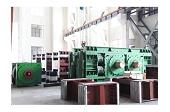
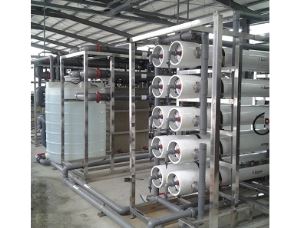
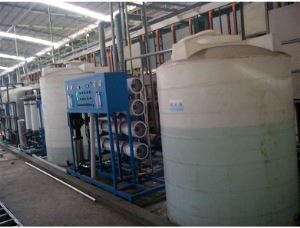

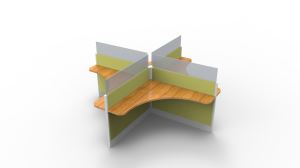
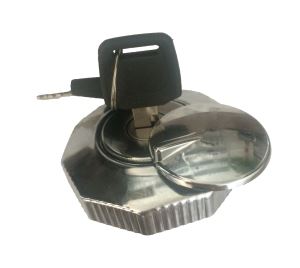
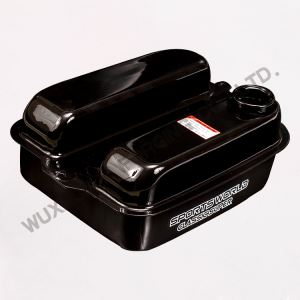
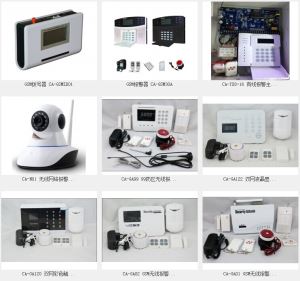
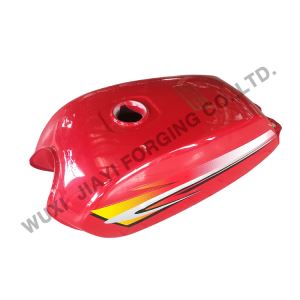
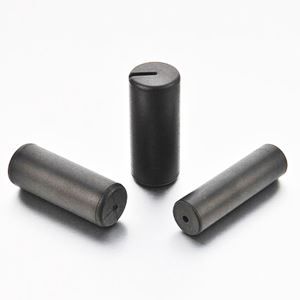
 Favorites
Favorites
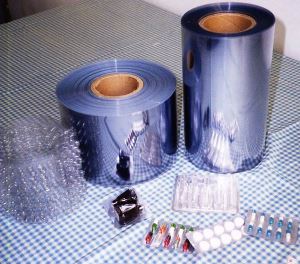
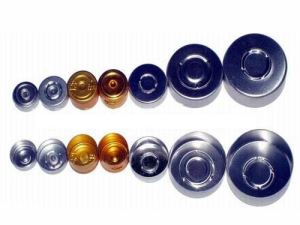
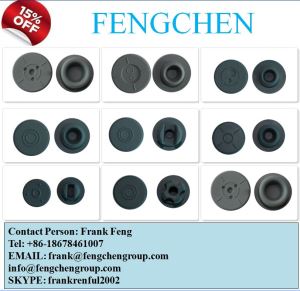

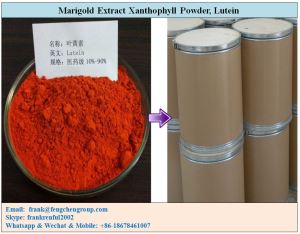
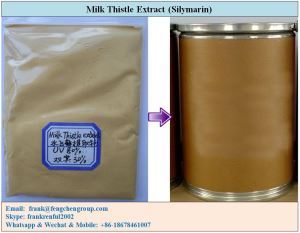
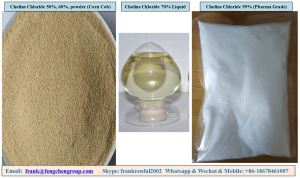
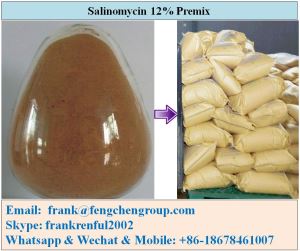
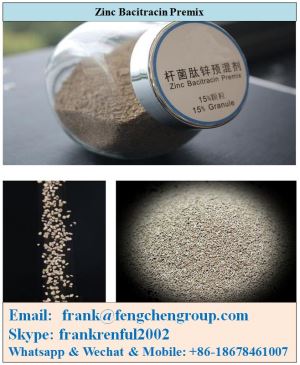
 Frequent updates ensuring high quality data
Frequent updates ensuring high quality data
 Over 5000 customers trust us to help grow their business!
Over 5000 customers trust us to help grow their business!


 Menu
Menu